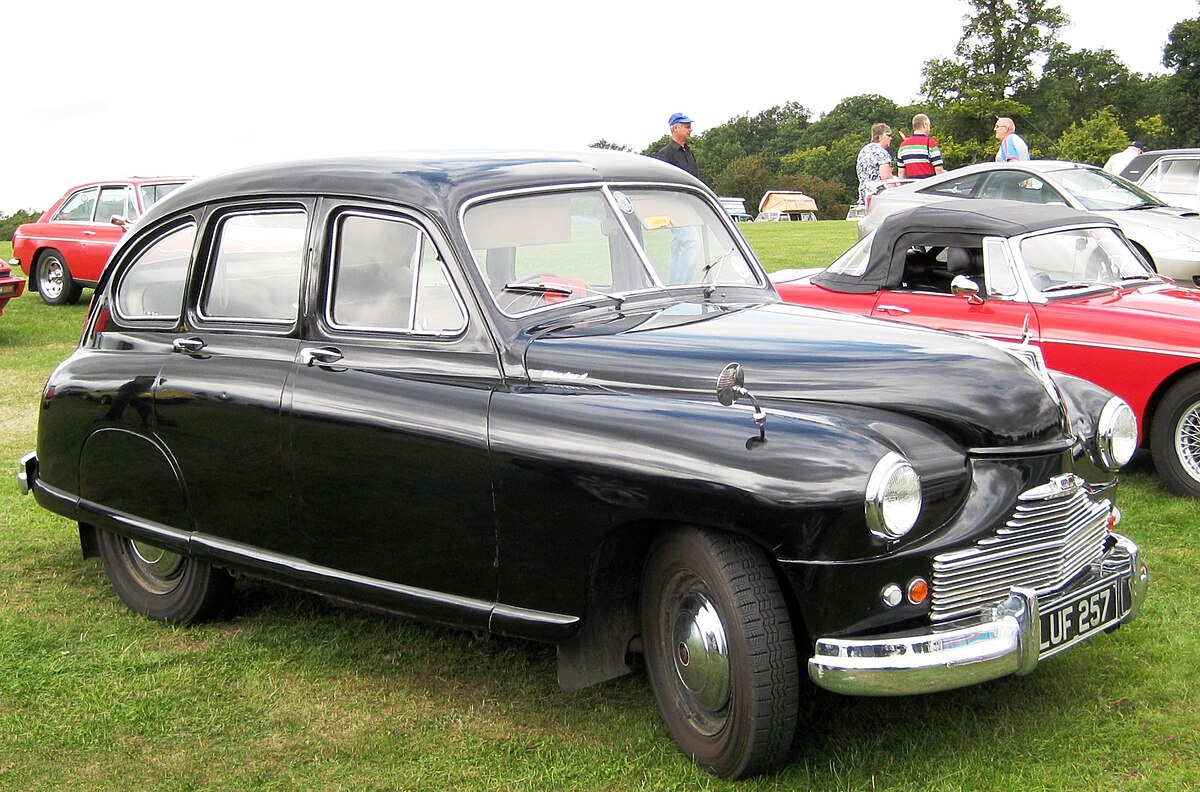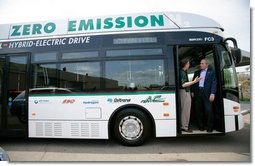
The 1940s was a transformative decade for the automotive industry, marked by the aftermath of World War II and the subsequent revival of car production. This era saw remarkable innovations in design and technology, despite the challenges posed by the war. Here’s a journey through some of the coolest cars that defined the 1940s, each with its own unique story and charm.

1. **1941 Pontiac Streamliner**: This car stood out with its fastback and wagon styling, boasting wide bodies and plenty of chrome. The Streamliner was a symbol of elegance at the time, with its low stance often admired by car enthusiasts today. Although production halted during the war, it resumed in 1945, reinforcing its status as a post-war icon.

2. **L’Oeuf Electrique (1942)**: Amidst the petrol shortages during the Nazi occupation of Paris, Paul Arzens crafted this electric marvel, earning its name “Electric Egg.” With an aluminum and plexiglass body, this ultralight vehicle could travel up to 100 km at 70 km/h, showcasing a futuristic design that defied wartime constraints.

3. **Figoni & Falaschi Delahaye 135 MS ‘Narval’ (1946)**: Recognized as one of the most beautiful cars of the decade, the Delahaye Narval was a creation of Giuseppe Figoni, crafted for the 1946 Paris Auto Salon. With only seven in existence, its design was inspired by a noble sea creature, making it a rare gem in automotive history.

4. **Alfa Romeo 6C 2500 Freccia d’Oro (1946)**: As the first post-war Alfa Romeo, the Freccia d’Oro, or “Golden Arrow,” featured a 2.5-liter six-cylinder engine. Known for its performance and style, it achieved fame by appearing in the classic film “The Godfather.”

5. **1946 Triumph 1800 Roadster**: Crafted by the Standard Motor Company, this British roadster had an all-aluminum body. While not the sportiest, it symbolized a return to luxury and comfort after the war, emphasizing design and craftsmanship.

6. **1946 Plymouth Deluxe**: With a return to production in 1945, the Plymouth Deluxe series captured the essence of classic design, blending pre-war elegance with post-war innovation, making it a beloved model through the years.
7. **1947 Maserati A6 1500 Pininfarina**: Debuting at the Geneva Motorshow, this Maserati featured a Pininfarina body and was one of the first post-war Italian sports cars. Its 1,488 cc engine, though modest, showcased the beginning of a new era in motorsport luxury.

8. **1947 Allard K1**: Born from the surplus of war parts, the Allard K1 roadster was a testament to innovation and resourcefulness. Often equipped with a Ford V8, this car offered impressive speeds and became a favorite among car enthusiasts.

9. **1948 Jaguar XK120 Roadster**: As Jaguar’s first post-war sports car, the XK120 captivated audiences with its performance and design. With its aluminum body and 3.4 L XK inline-six engine, it set new standards in speed and aesthetics.

10. **1948 Tucker Torpedo**: Known for its rarity and innovative features, the Tucker Torpedo introduced advanced technologies like a third directional headlight and disk brakes. Its limited production run only adds to its allure today.

Each of these vehicles not only reflects the spirit and challenges of the 1940s but also paved the way for future advancements in automotive design. Their stories and specifications continue to captivate car lovers, offering a glimpse into an era of resilience and creativity.

11. **1949 Ferrari 166 MM Touring Barchetta**: A name synonymous with racing prestige and style, the 1949 Ferrari 166 MM Touring Barchetta was a hallmark in automotive history. As the first proper sports car made by Enzo Ferrari under his own name, this car was not just about speed but also about aesthetics. Designed by Carrozzeria Touring of Milan, it was a rare gem with only 25 examples crafted. Its legacy in the 1951 Mille Miglia rally, where it truly shone, makes it a coveted piece today, capable of fetching over $2 million at auctions.

12. **1948 Porsche 356**: The Porsche 356 was a revolutionary vehicle that marked the beginning of Porsche’s journey as a leading sports car manufacturer. With a design that evolved from the iconic Volkswagen Beetle, it boasted a 4-cylinder, air-cooled rear engine and an all-aluminum body—later changed to steel for durability. This lightweight yet powerful configuration earned it a stellar reputation in races and amongst enthusiasts, cementing its place as a timeless classic.

13. **1949 Ford Club Coupe**: The Ford Club Coupe introduced a wave of modernity in American car design with its integrated fenders and forward-mounted engine. It showcased a forward-thinking approach with independent front suspension and a modern drive shaft. The split windshield was a quaint reminder of its era, but the car’s overall design was a harbinger of the sleek automotive trends that dominated the 1950s.

14. **1949 Cadillac Series 62 Convertible/Coupe**: Cadillac’s Series 62 was a benchmark for luxury in the 1940s, combining elegance with innovation. The third generation, launched in 1949, brought significant changes with chrome embellishments, an oversized grille, and the introduction of tailfins. These features predicted the extravagant designs of the 1950s and solidified Cadillac’s status as a premier choice for the affluent and stylish.

15. **1949 Chrysler Royal**: The Chrysler Royal was a pioneer in reviving the grandeur of pre-war station wagons, infusing them with the post-war Town and Country aesthetics. Its significant innovation was the use of photographic transfer to simulate polished mahogany on its metal panels, a testament to the creativity of the era.

16. **1948 DeSoto Deluxe**: The DeSoto Deluxe was a testament to the ingenuity of post-war design. Featuring new body styles like the nine-passenger Suburban, it was both a functional and stylish mode of transport. The improved Gyrol Fluid Drive and Tip-Toe Hydraulic Shift made driving a breeze, emphasizing ease and comfort for its passengers.

17. **1949 Dodge Deluxe**: With innovations like sea-leg shock absorbers and the GyroMatic semiautomatic transmission, the Dodge Deluxe was at the forefront of technological advancements. It offered a smooth driving experience, making it a favorite among those who valued both reliability and comfort.

18. **1948 Buick Roadmaster 2-Door Sedanette**: The Buick Roadmaster of 1948 introduced Dynaflow, the first torque converter-type automatic transmission in the U.S., pioneering the future of automatic vehicles. Its design and features laid the groundwork for future models that would continue to capture the hearts of car enthusiasts.

The 1940s were a period of resilience and innovation in the automotive world. The cars of this decade were more than just vehicles; they were testaments to the creativity and determination of their makers. These iconic automobiles paved the way for the future of car design, leaving a legacy that continues to inspire modern automotive innovation.
Related posts:
The most beautiful cars of the 1940s
The Ultimate Guide
15 Classic Cars from the 1940s: Can You Identify Them All?






